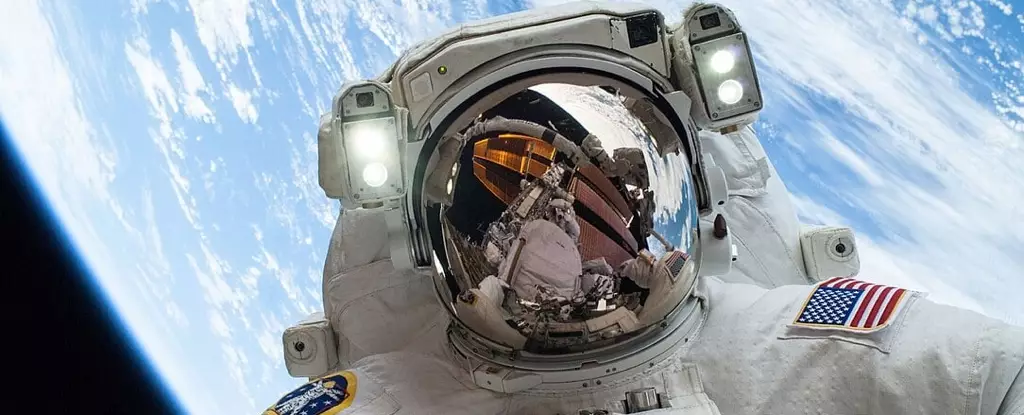Humanity’s quest to explore the cosmos has pushed our physical boundaries in extraordinary ways. Yet, as astronauts venture into prolonged space missions, a startling health challenge has emerged—alterations to their eyesight that often persist long after returning to Earth. Approximately 70% of astronauts affected by long-duration spaceflights experience visual disturbances, revealing a vulnerability in our physiology that we are only beginning to understand. This phenomenon, known as Spaceflight Associated Neuro-ocular Syndrome (SANS), is forcing scientists and engineers to rethink how the human body adapts to microgravity.
The initial discovery was made by Dr. Sarah Johnson during her six-month stint aboard the International Space Station (ISS). She observed her once-crystal-clear vision becoming blurry, a change that became distressingly persistent. This aligns with reports from countless other astronauts who grapple with difficulties reading displays, blurred distance vision, and other ocular issues. Unlike typical space side effects like motion sickness, the damage caused by SANS can be permanent, raising serious concerns about the health risks of future missions spanning years, especially to Mars.
Deciphering the Root Causes of SANS
The core of the problem seems rooted in the fundamental physics of microgravity. On Earth, gravity maintains proper fluid distribution within our bodies, pushing fluids downward and maintaining intracranial pressure within a normal range. In space, however, the absence of gravity causes fluids to shift toward the head and face, leading to facial swelling and increased pressure within the skull. These changes are believed to exert pressure on the eye, flattening the back of the eyeball and swelling the optic nerve, disrupting normal vision.
This fluid redistribution poses a significant threat to long-term space missions, where ongoing exposure to microgravity could worsen ocular changes. Dr. Michael Roberts from NASA emphasizes that understanding whether these visual impairments stabilize or deteriorate over time is critical. A severe decline in vision during a multi-year space voyage could jeopardize both individual health and the success of the entire mission.
Innovative Solutions and Broader Implications
In response, NASA is pioneering a variety of countermeasures aimed at mitigating SANS. These include advanced eye-wear like specialized contact lenses, pharmacological interventions to control intracranial pressure, and tailored exercise regimens designed to promote normal fluid circulation. Cutting-edge devices, such as the Visual Impairment Intracranial Pressure (VIIP) chamber, are also under development, aiming to recreate Earth’s pressure conditions for astronauts’ eyes.
Beyond the realm of space exploration, this research holds profound implications for terrestrial medicine. Understanding how pressure influences ocular health could unlock breakthroughs in treating glaucoma, intracranial hypertension, and other pressure-related conditions impacting millions on Earth.
As humanity prepares to push the boundaries further—venturing to Mars and beyond—the challenge of preserving vision becomes not just a scientific curiosity but a critical component of human survivability in space. The ongoing investigations by NASA and international partners will shape the future of long-duration missions, ensuring that astronauts can look back at Earth or forward to new worlds with clarity and confidence.

